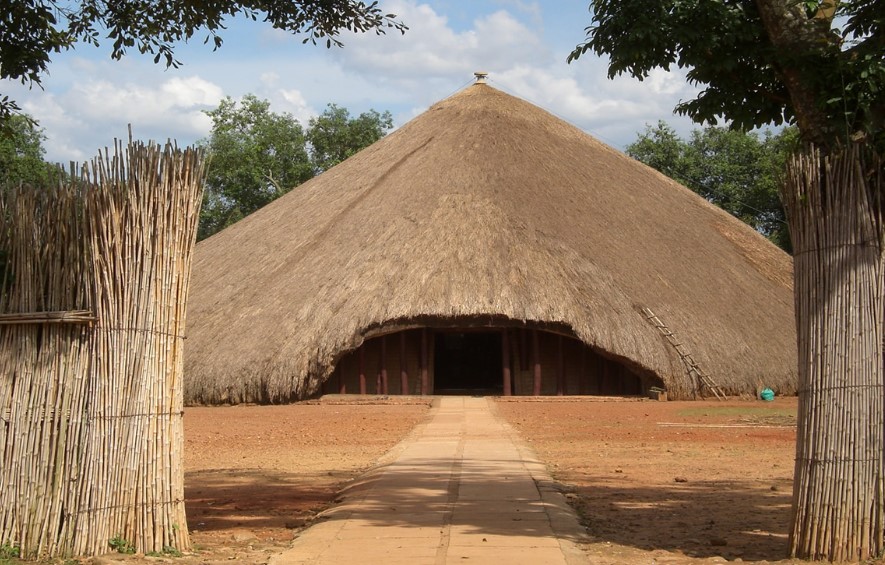Museums in Uganda play a crucial role in preserving and showcasing the nation’s rich heritage. These institutions not only serve as repositories of historical artifacts and cultural treasures but also act as educational centers, promoting awareness and understanding of Uganda’s past.
This essay will explore the significance of museums in Uganda, their diversity, major highlights, challenges faced, and their role in shaping the country’s identity.
Importance of Museums in Uganda
Museums in Uganda hold immense importance in safeguarding the country’s historical and cultural legacy. They act as custodians of the past, ensuring that valuable artifacts, documents, and artworks are preserved for future generations. Museums also serve as centers for research, allowing scholars and historians to delve into Uganda’s past and gain insights into its rich heritage.
Additionally, museums play a significant role in promoting tourism and cultural exchange. They attract both domestic and international visitors, providing them with an opportunity to learn about Uganda’s diverse cultural tapestry and traditions. The revenue generated from tourism at museums also contributes to the country’s economy and supports the maintenance and expansion of these institutions.
Diversity of Museums
Uganda boasts a diverse range of museums, each offering a unique perspective on the nation’s history and cultural heritage. Some of the notable museums include:
Uganda National Museum
Located in Kampala, the capital city, the Uganda National Museum is the country’s oldest and most prominent museum. It was founded in 1908 and houses an extensive collection of ethnographic, archaeological, and artistic artifacts. The museum showcases traditional clothing, tools, musical instruments, and religious artifacts, providing visitors with an immersive experience of Uganda’s diverse cultural heritage.
Kasubi Tombs
The Kasubi Tombs, located in Kampala, are a UNESCO World Heritage Site and serve as the burial grounds for the kings of Buganda, one of Uganda’s largest ethnic groups. These tombs represent a unique architectural style and offer valuable insights into the history and cultural practices of the Buganda Kingdom.
Uganda Martyrs Museum
Situated in Namugongo, the Uganda Martyrs Museum commemorates the lives of 22 Catholic and Anglican converts who were executed for their faith in 1886. The museum houses historical documents, religious artifacts, and exhibits that narrate the events leading up to the martyrdom, highlighting the role of religion in Uganda’s history.
Uganda Railways Museum
Located in Kampala, this museum showcases the history of Uganda’s railways, which played a crucial role in the country’s development during the colonial era. The museum houses vintage locomotives, carriages, and equipment, providing a fascinating glimpse into Uganda’s transportation history.
Uganda Wildlife Education Centre (UWEC)
Though not a traditional museum, the UWEC in Entebbe is a conservation education center that exhibits a wide variety of indigenous wildlife, including birds, mammals, and reptiles. It educates visitors about the importance of wildlife conservation and the unique biodiversity of Uganda.
Major Highlights
Several notable artifacts and exhibits stand out in Uganda’s museums, captivating visitors and leaving a lasting impression of the nation’s heritage. Some of the major highlights include:
Idi Amin’s Car at Uganda National Museum
One of the most intriguing artifacts at the Uganda National Museum is the Mercedes-Benz car that belonged to Idi Amin, Uganda’s controversial former president. Amin’s reign was marked by human rights abuses, and the car serves as a reminder of that dark chapter in Uganda’s history.
Traditional Music and Instruments
Many museums in Uganda showcase a rich collection of traditional musical instruments, such as drums, xylophones, harps, and flutes. These artifacts offer a glimpse into the vibrant musical traditions of different Ugandan ethnic groups.
Archaeological Discoveries
Uganda’s museums house a vast array of archaeological finds, including ancient tools, pottery, and artifacts from various historical periods. These discoveries help researchers and visitors piece together the country’s prehistoric past.
Cultural Performances
Some museums occasionally host cultural performances, where visitors can witness traditional dances, storytelling, and other artistic expressions, adding a dynamic and immersive element to the museum experience.
Challenges Faced by Museums
Despite their significance, Ugandan museums face several challenges that hinder their growth and sustainability:
Funding and Infrastructure
Many museums struggle with limited funding and inadequate infrastructure. Insufficient resources hamper the conservation and maintenance of artifacts, leading to their deterioration over time.
Capacity Building
There is a need for training and capacity building of museum staff to enhance their skills in artifact preservation, curation, and exhibition design.
Limited Public Awareness
A significant challenge faced by museums is a lack of awareness among the general public about their existence and importance. This hinders their potential to attract more visitors and generate revenue.
Security Concerns
Some museums face security issues, including theft and vandalism of artifacts, posing a threat to their collections.
Museums Shaping Uganda’s Identity
Museums play a pivotal role in shaping Uganda’s national identity by preserving and promoting its cultural diversity. They celebrate the nation’s past, affirming its unity amid a diverse population. By showcasing artifacts from different ethnic groups, museums foster a sense of pride and appreciation for Uganda’s heritage among its citizens.
Moreover, museums contribute to national pride by honoring significant historical events and personalities. The Kasubi Tombs and the Uganda Martyrs Museum, for instance, commemorate key moments in the country’s history and serve as symbols of resilience and strength.
In Conclusion, Museums in Uganda are invaluable repositories of the country’s history, culture, and traditions. They act as guardians of the past, preserving artifacts and stories for future generations. These institutions play a crucial role in promoting cultural exchange, tourism, and national pride. However, they also face challenges such as funding constraints and security issues, which need to be addressed to ensure their continued growth and impact.



Comment (0)